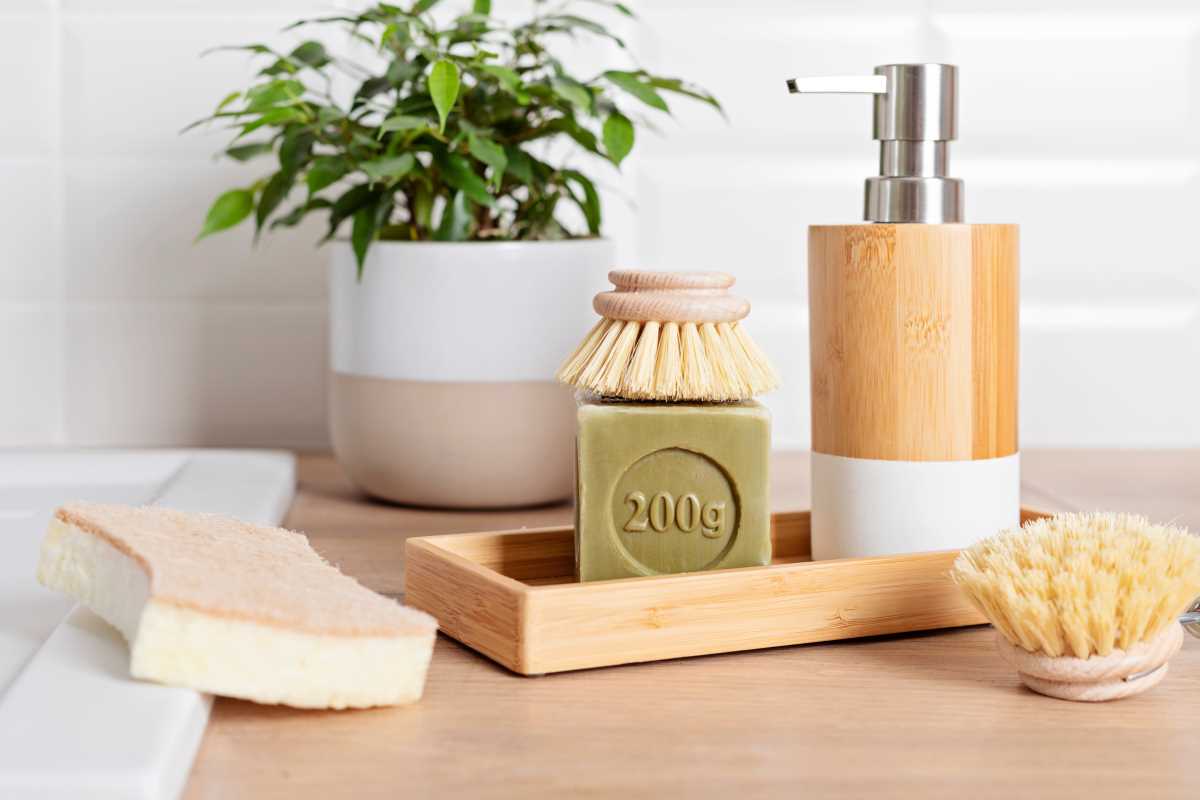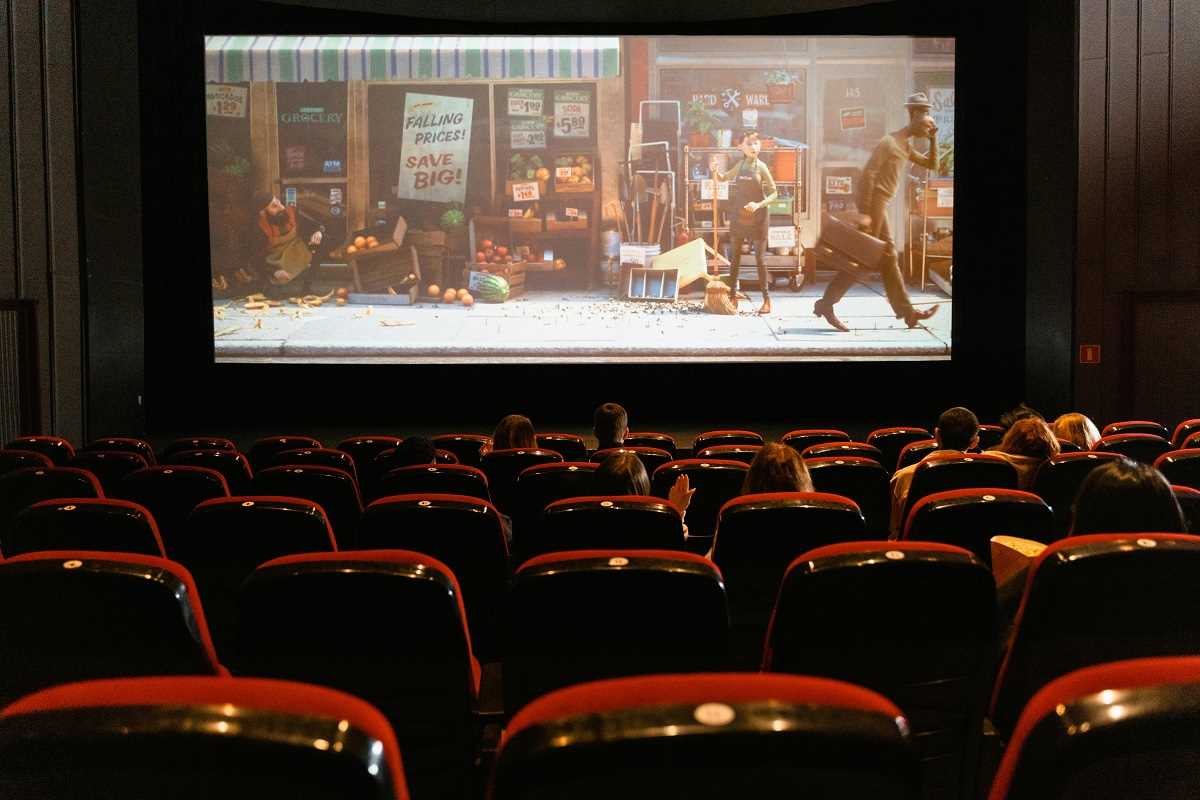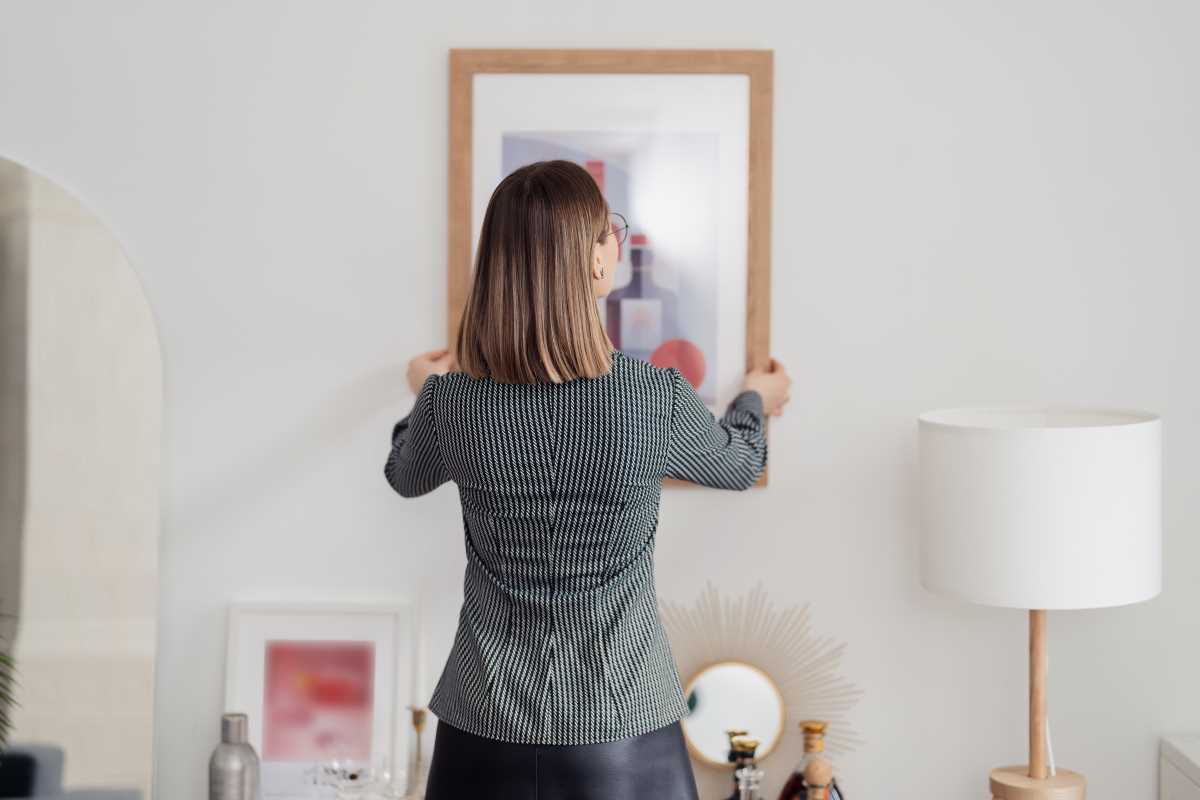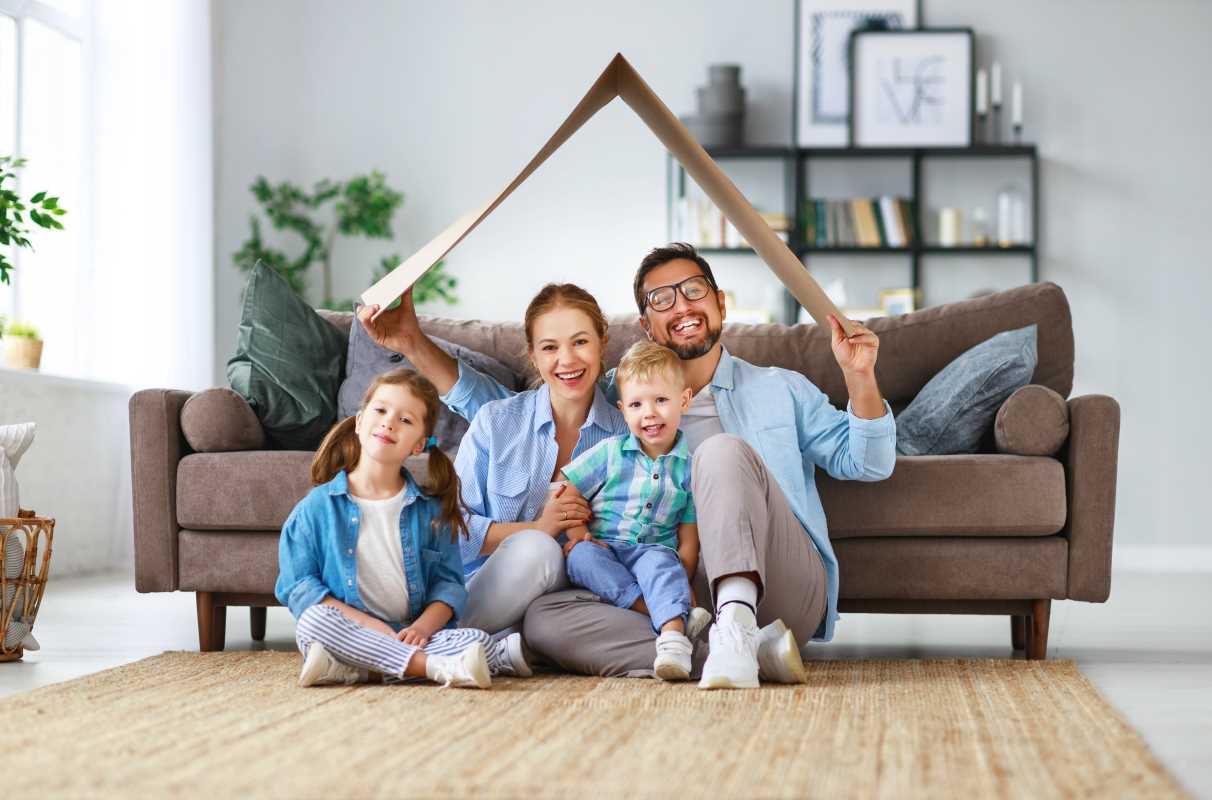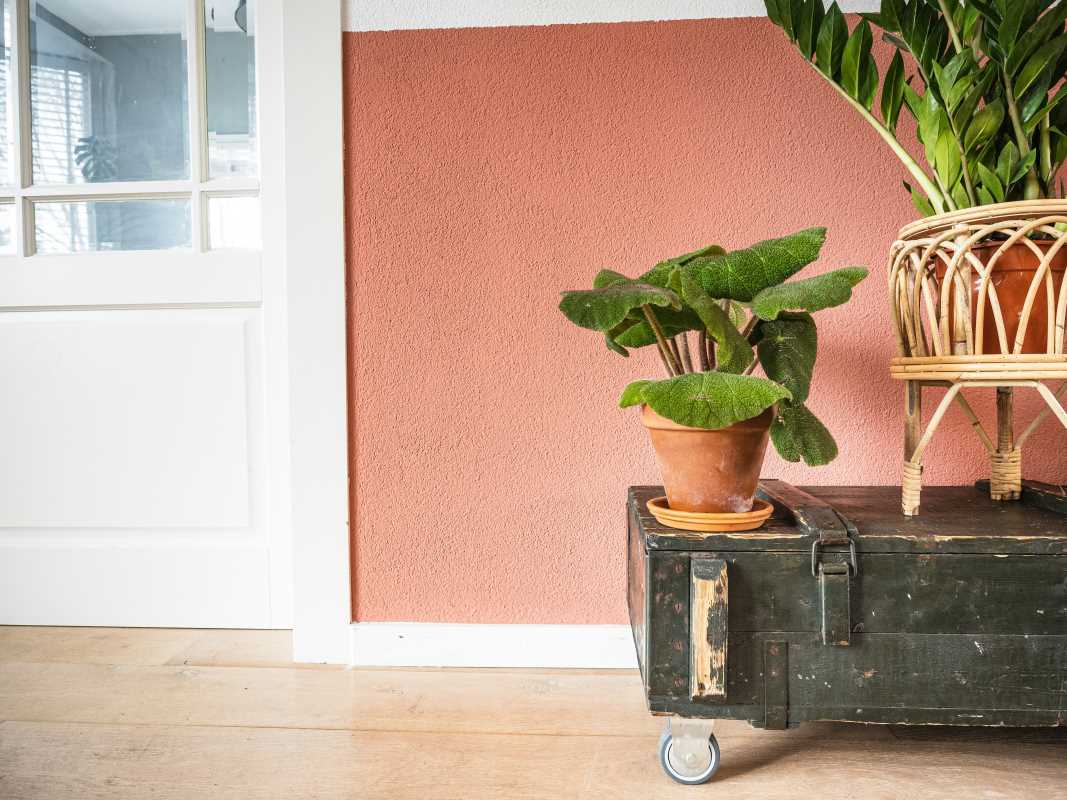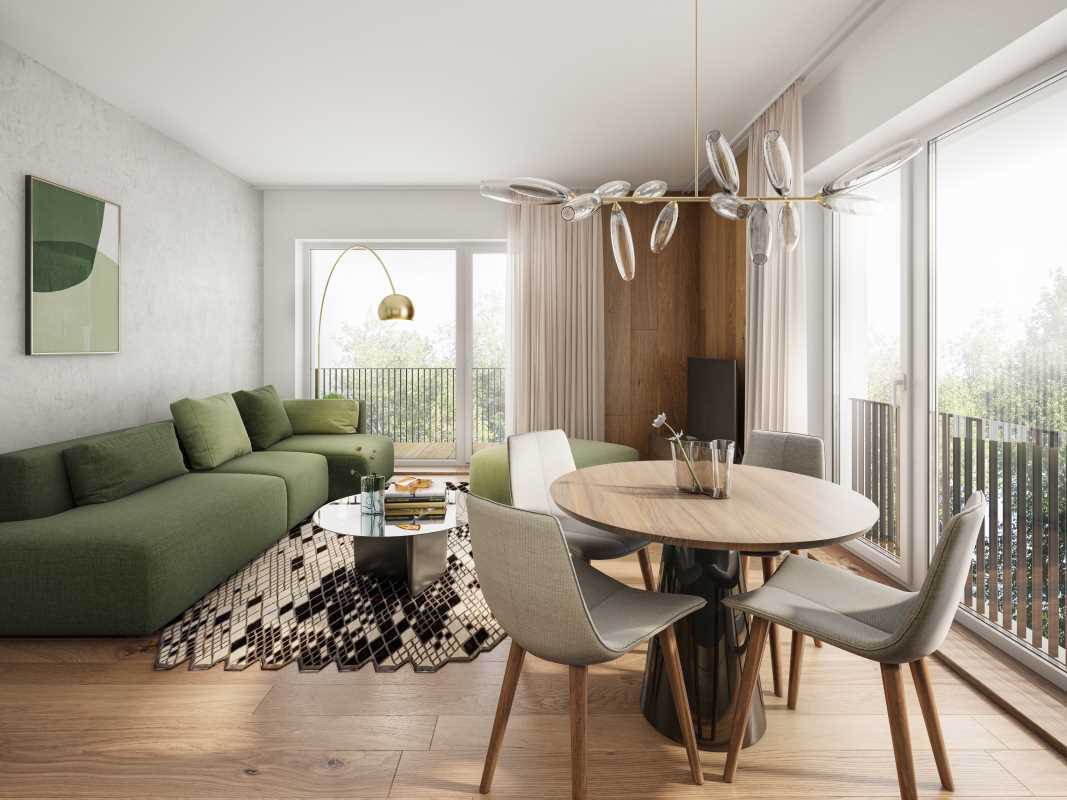Closets packed to the brim, a calendar stuffed with too many commitments, and the constant pull to keep up with trends can be a lot sometimes. Minimalism isn’t about tossing out everything you own to live in a bare white room with one chair. It’s about intentionally keeping what adds real value to your life and letting go of the rest. A minimalist lifestyle doesn’t have a one-size-fits-all approach. It’s not about copying Instagram photos or following a strict set of rules. It’s about creating space for yourself, your goals, and the things you truly love. Here’s a practical guide to help you create a version of minimalism that fits your life, without feeling like you have to give up who you are along the way.
Define What Minimalism Means to You
Your minimalist lifestyle should reflect your priorities, not someone else’s. Think about what stresses you out the most. Is it the clutter on your kitchen counter, an overbooked schedule, or the constant pressure to buy more? Start there.
Minimalism doesn’t have to mean owning only 50 things or fitting your belongings into a single suitcase. For some, it might mean owning fewer clothes but keeping a collection of books because they bring joy. For others, it could mean scaling back social commitments to focus on self-care. Spend some time thinking about what you want less of in your life and what you’d like to make room for. Write it down so you have a clear vision, and revisit it as you go.
Start Small and Target Specific Areas
Don't tackle everything at once. Focus on one small area of your life. Start with a single drawer, the top of your desk, or your car. By zeroing in on a manageable space, you’ll build momentum and feel more in control.
If your closet feels like it’s caving in, try a simple decluttering session. Pull out one section, like shoes or jackets, and sort them into three piles: keep, donate, and toss. Anything you haven’t worn in a year, doesn’t fit, or makes you feel “meh” can go. By focusing on one section at a time, the idea of decluttering feels less scary and more doable.
Create a “Why Pile” for Difficult Decisions
Certain items can tug at your emotions, making it hard to part ways. A concert t-shirt from high school, an unused kitchen gadget you spent too much money on, or gifts from loved ones might create guilt or hesitation. Instead of forcing yourself to toss them on the spot, create a “why pile.”
Ask yourself why you’re holding onto these items. Is it because of sentimentality, guilt, or fear you might “need it someday”? Understanding the why can help you move forward.
Simplify Your Schedule
Minimalism goes beyond your physical space. It’s also about streamlining how you spend your time. Think about the commitments that feel draining or unnecessary. Maybe you’ve said yes to too many things out of obligation or FOMO (fear of missing out).
Start by listing all your regular activities and commitments. Which ones bring joy or serve a clear purpose? What could you skip or say no to in the future? Cutting out even one or two unnecessary obligations can make your schedule feel more open, giving you time to focus on what really matters.
Learning to say no takes practice, but over time, it gets easier. A simple “I’m sorry, I can’t make it” is enough. You don’t need to justify or explain.
Adopt the One-In-One-Out Rule
Try adopting the one-in-one-out rule for items you regularly bring into your home, like clothing or kitchen gadgets. For every item you add, commit to removing one similar item. Just bought a new pair of sneakers? Donate the old ones gathering dust in your closet. Picked up a new coffee mug? Pass an older one on to a friend or thrift store.
This rule keeps your space from getting overcrowded while forcing you to think twice about what you truly need or love. Over time, it helps shift your mindset toward quality over quantity.
Digitize Where You Can
Physical clutter often translates into mental clutter. Simplifying the digital side of your life can have just as much impact as cleaning out your closet.
- Photos and documents: Organize old photos and important documents into digital folders and back them up on a cloud service. This frees up physical space while making it easier to find what you need.
- Subscriptions and apps: Audit monthly subscriptions and apps. Unsubscribe from streaming services you barely use or apps that don’t add value. This also saves you money.
By digitizing where you can, the physical chaos starts to feel a little more manageable.
Shop Intentionally
Impulse buys and sales can ruin your minimalist goals faster than anything. Before buying something new, pause and ask yourself a few questions.
- Do I already have something similar?
- Will this genuinely improve my life, or is it just a fleeting want?
- Is this purchase aligning with the minimalist lifestyle I want to create?
Taking a moment to evaluate your purchases stops the cycle of accumulating more stuff out of habit. It might feel strange at first, but it quickly builds mindfulness about what you allow into your space.
Focus on Multi-Use Items
For a minimalist lifestyle, multi-use items are your best friend. They take up less space and serve more than one purpose. Think about home goods, clothing, or tools that can do double duty in your day-to-day life.
Instead of buying five single-function kitchen gadgets, invest in a high-quality blender that can chop, blend, and even grind coffee beans. For clothing, classic pieces like neutral-colored t-shirts or jackets that work for multiple outfits streamline your wardrobe without feeling like you’re sacrificing style.
Remember, It’s Not About Deprivation
Minimalism doesn’t mean you have to live like a monk or give up everything that makes you happy. It’s about having “just enough” and removing the weight of excess. Think about the joy of owning things you actually use or love instead of stressing over piles of unused stuff.
Keeping only 10 mugs instead of 25 might make it easier to grab a quick coffee in the morning instead of dealing with a cluttered cabinet. Or having fewer clothing options means less time deciding what to wear. Simplifying creates freedom to focus on what truly matters.
Build Habits That Stick
Minimalism is a process, not a one-time task. Build habits that help you stay on track in the long run. Regularly review your space, donate items, and reflect on how new purchases fit into your minimalist goals. Even dedicating 10 minutes a week to these habits can prevent clutter creep.
Minimalist living also pairs well with mindfulness. Spend time appreciating the items or people you’ve chosen to prioritize in your life. This gratitude can motivate you to stick with the changes.
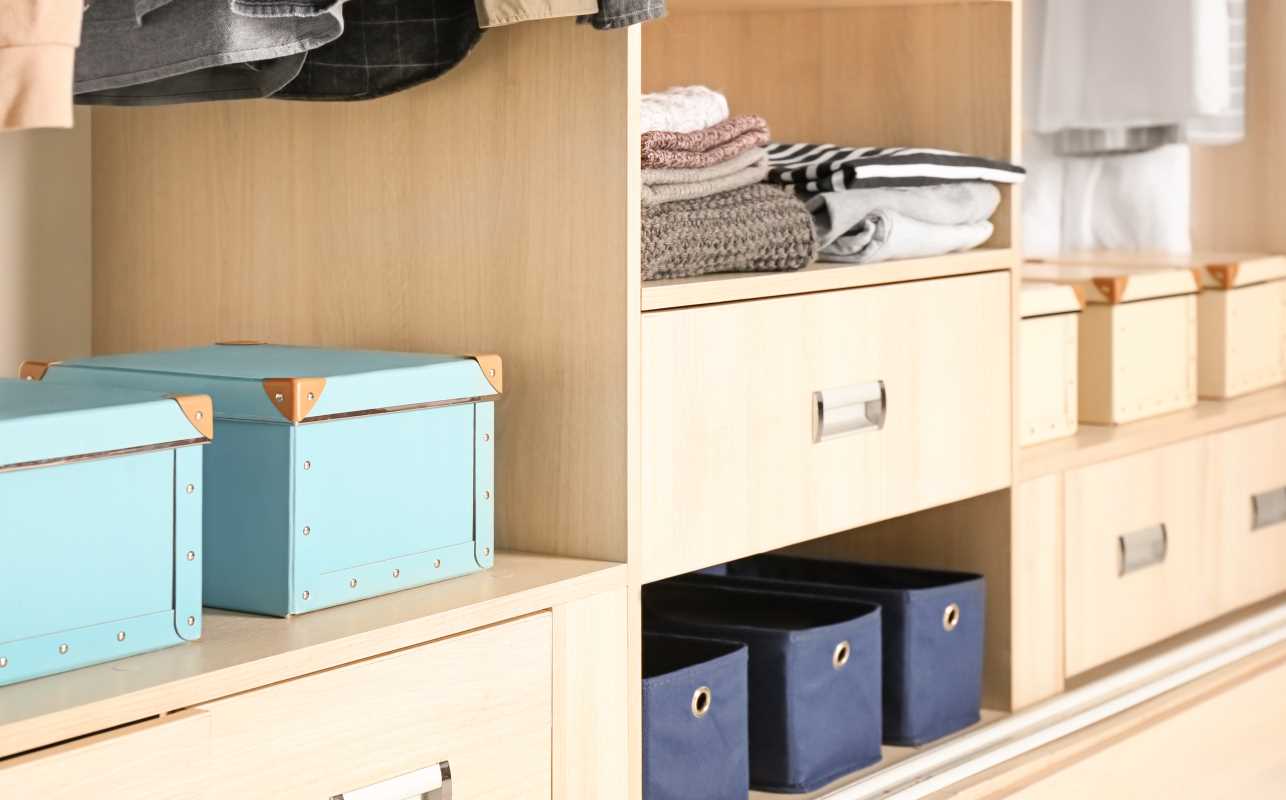 (Image via
(Image via